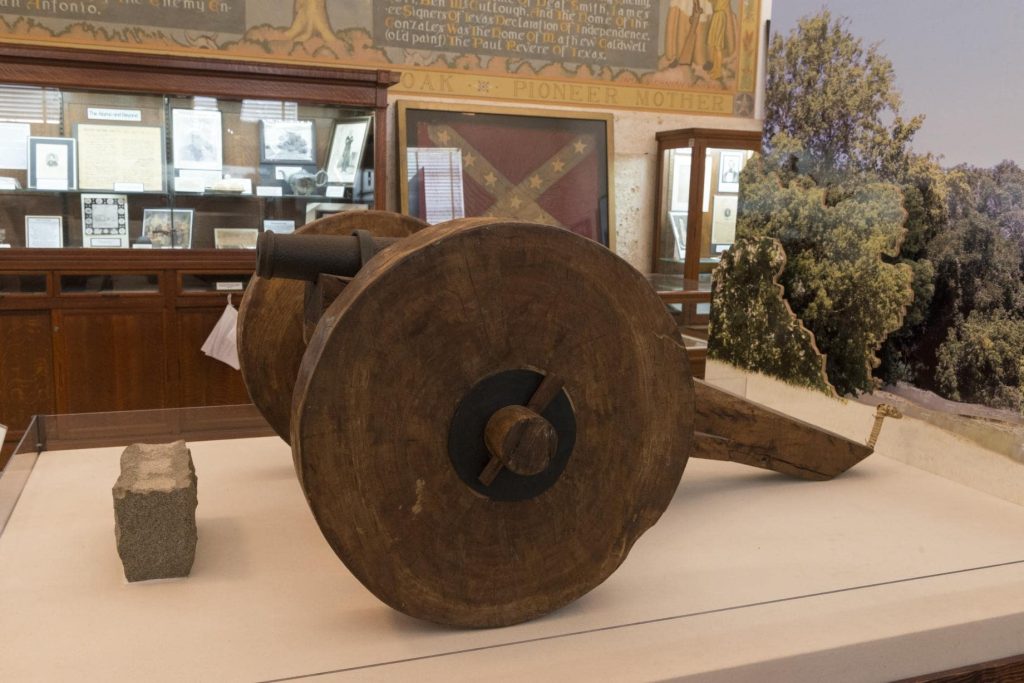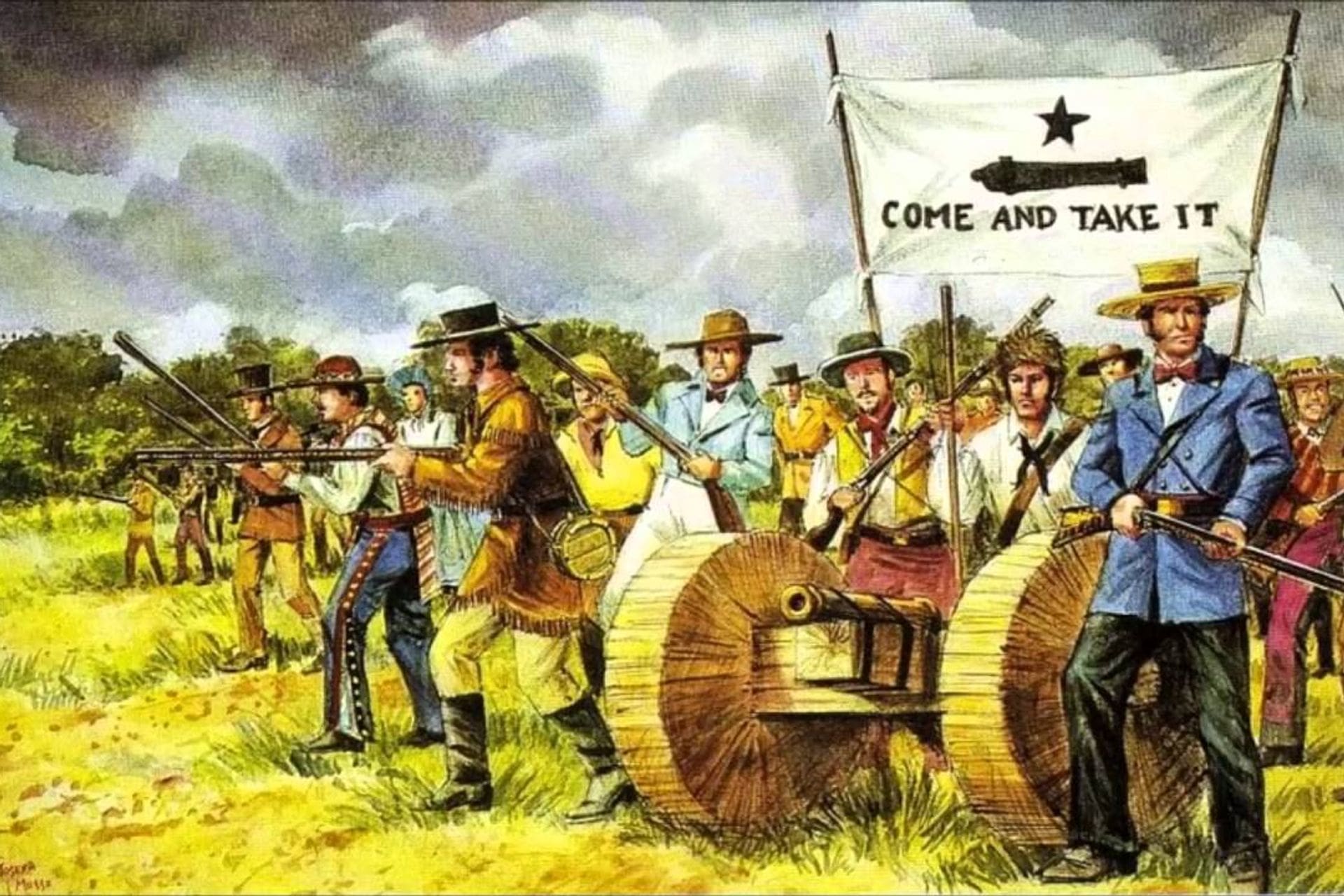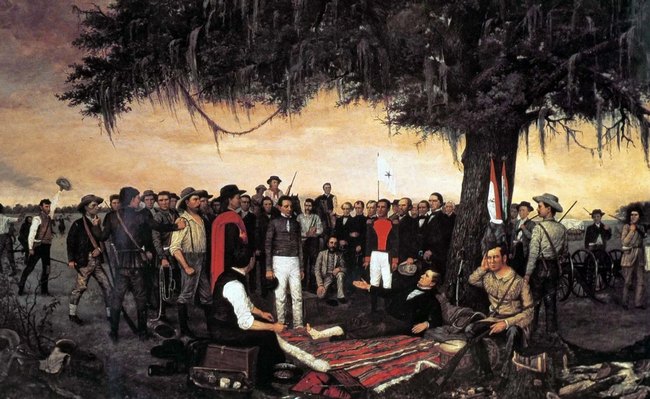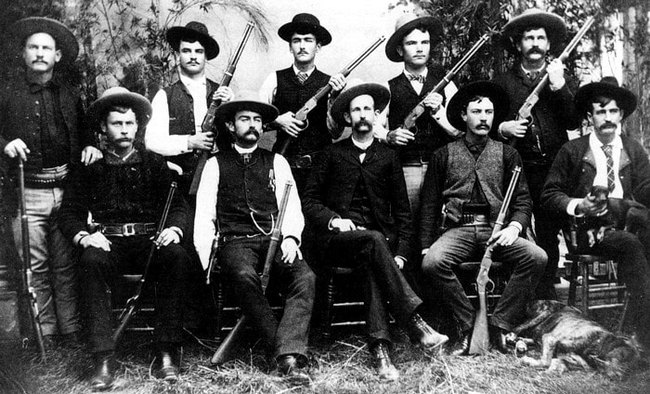
The Gonzales Cannon holds a prominent place in the history of Texas, representing the spirit of independence and resilience that defined the state’s early years. This article delves into the comprehensive history of the Gonzales Cannon, highlighting its significance, its role in the Texas Revolution, and its enduring legacy.
Origins and Construction
The Gonzales Cannon, also known as the “Come and Take It” cannon, was a small bronze cannon originally utilized for defense by the settlers of Gonzales, Texas. It was constructed in the early 19th century and served as a symbol of security and protection for the settlers in the region.
 Source: wikipedia.org
Source: wikipedia.org
The Battle of Gonzales
Rising Tensions
In 1831, the Mexican government had loaned the cannon to the settlers of Gonzales to ward off potential Native American attacks. However, as tensions between Texas colonists and Mexican authorities escalated, the Mexican government sought to reclaim the cannon.
Defiance and the “Come and Take It” Flag
When a Mexican force was dispatched to retrieve the cannon in September 1835, the settlers of Gonzales refused to surrender it. They crafted a flag emblazoned with the defiant slogan, “Come and Take It,” and hoisted it alongside the cannon, signifying their determination to protect their rights.
The Battle Begins
On October 2, 1835, the Mexican detachment reached Gonzales, demanding the cannon’s return. The defiant Texian settlers, supported by reinforcements, resisted the Mexican soldiers. The Battle of Gonzales marked the first military engagement of the Texas Revolution, with the cannon playing a pivotal role in the resistance.
Victory and Symbolism
The Texians successfully defended their position, keeping the cannon out of Mexican hands. The cannon’s significance transcended its military function, as it became a potent symbol of Texian resistance against Mexican authority and an embodiment of the settlers’ determination to safeguard their liberties.

Source: thetexan.news
The Texas Revolution
Spurring Texian Resistance
The Battle of Gonzales, fought over the Gonzales Cannon, galvanized support for the Texian cause. It ignited a spirit of defiance and resistance among Texian settlers, who were inspired by the successful defense of their cannon.
The Siege of Bexar
As the Texas Revolution unfolded, the Gonzales Cannon remained an essential asset for the Texians. It was later utilized in the Siege of Bexar in December 1835, where Texian forces led by General Edward Burleson successfully forced Mexican troops to surrender the town.
Alamo and San Jacinto
Although the Gonzales Cannon did not participate directly in the battles of the Alamo and San Jacinto, its presence as a symbol of Texian defiance continued to inspire and motivate the Texian army. The cannon’s spirit lived on through the brave men who fought for Texas independence.

Source: gonzalestexas.com
Legacy and Symbolism
Iconic Status
The Gonzales Cannon holds an iconic status in Texas history, representing the indomitable Texian spirit during the Texas Revolution. It symbolizes the early Texians’ determination to protect their rights and resist oppression.
Cultural Significance
The “Come and Take It” flag, alongside the cannon, has become an enduring symbol of Texan heritage and defiance. It is displayed proudly in various Texan communities and continues to evoke a sense of pride and unity among Texans.
Preservation and Commemoration
The original Gonzales Cannon is currently housed in the Gonzales Memorial Museum, serving as a testament to Texas’ fight for independence. The Battle of Gonzales is commemorated annually through events such as the “Come and Take It” festival, which celebrates Texan history and the spirit of resistance.
The Gonzales Cannon stands as a tangible reminder of Texas’ struggle for independence and the courage of its early settlers. It represents the Texian spirit that continues to resonate in the hearts of Texans, serving as a symbol of resilience, defiance, and the unyielding pursuit of freedom. The Gonzales Cannon and the Battle of Gonzales will forever hold a special place in the annals of Texas history, reminding future generations of the sacrifices made and the enduring legacy of the Lone Star State.


